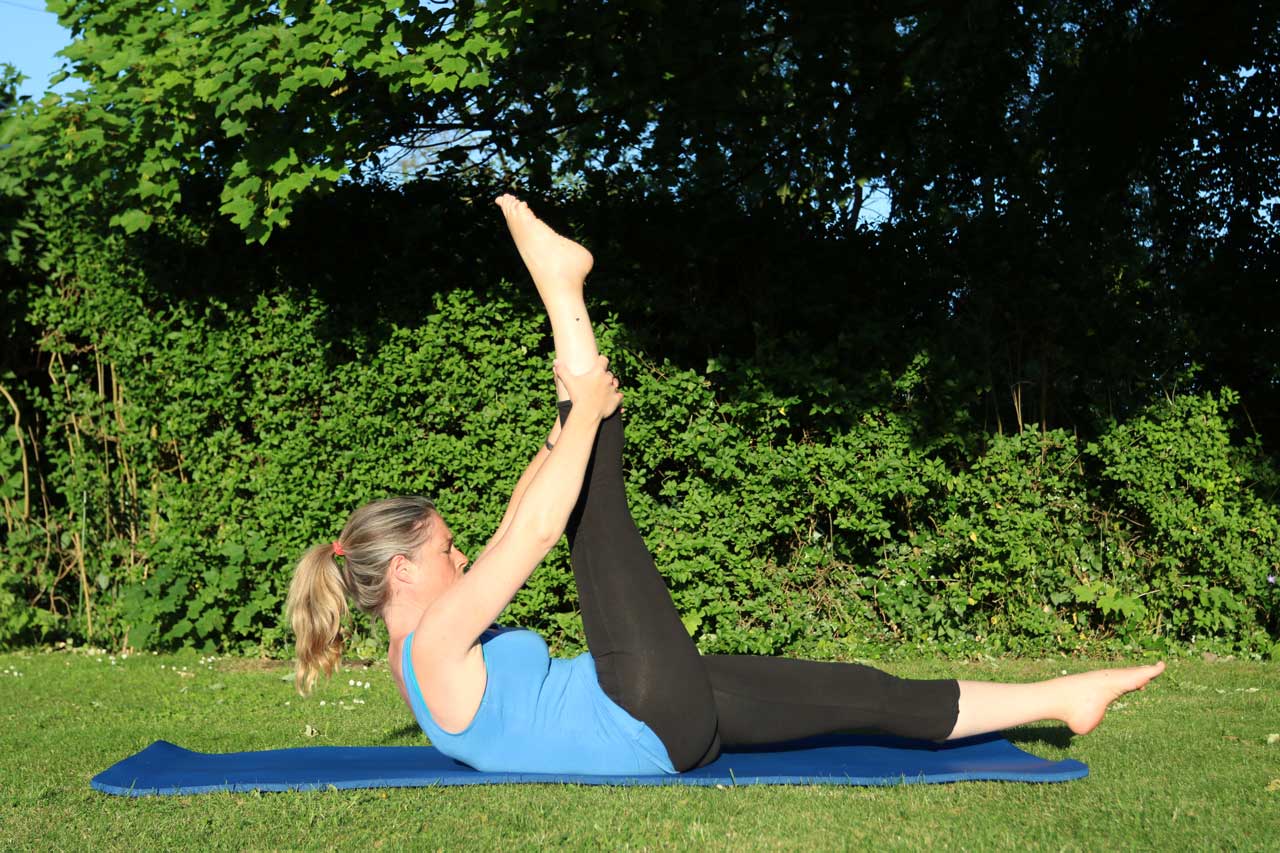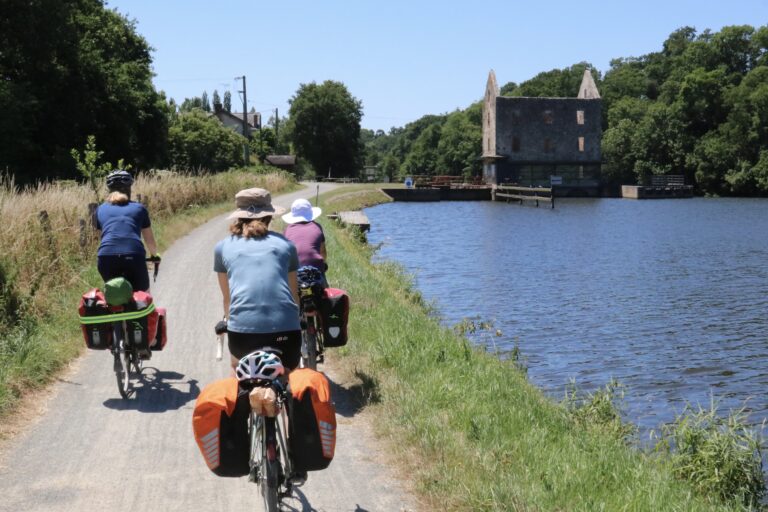Do we really need to stretch more?
How many times have you said to yourself “I feel so stiff, I need to stretch more”. Or are you that person who has always had very tight hamstrings and no amount of stretching them seems to make any difference?
So what actually happens when we stretch? This is a massive topic so I’ll try and keep it simple.
Firstly what do our muscles actually do? Our muscles cross joints, and therefore move our bones in certain directions as well as acting to stabilise our joints (together with our ligaments which do NOT stretch), effectively holding our bodies together.
When we stretch, we are asking our muscles to lengthen.
If a muscle is tight, it has shortened because it thinks it needs to in order to stabilise the joint it crosses. Or, it has been permanently stuck in that shortened position due to our posture.
When we spend all day sitting for example, the muscles down the back of our legs (our glutes and hamstrings) are in a permanently lengthened state, and those at the front that cross the hip joint (the hip flexors) are stuck in a shortened position.
We were not designed to spend all day in one position.
So we have a tight, short muscle – we think (understandably) “I need to stretch that tight muscle”. But if we stretch it whilst it is hanging on for dear life, that shortened muscle is not going to be too keen to let go as it has an important job to do holding us together. Picture a knot in a rope – you pull on the rope, that knot is only going to get tighter.
Stretching and then releasing a muscle (dynamic stretching) can nudge the nervous system into relaxing that muscle temporarily, which may for a short while make you feel better. And that feel good factor is hugely important to our wellbeing, so I am not saying that stretching is bad FULL STOP. But if we don’t address the underlying reason as to why a muscle is tight in the first place, we do a lovely stretching session and then go back into our chairs for the rest of the day, have we solved the problem permanently?
How about if instead we tried to strengthen the muscles down the back of the legs so that when we stand up and move, they are strong enough to allow those hip flexors to think “Hey I don’t need to hang on for dear life, I can actually relax a little and contract and lengthen as I should do”… And then we strengthen those hip flexors at the front so that we have balance on both sides of the joint.
And that my friends is what we do in Pilates.
Stiff shoulders and necks were a common theme following on from last week’s newsletter.
We love to hold tension in our necks.
Why is that? When stress rears its ugly head we often forget to breathe properly, our breathing becomes shallow and we breathe up into our upper chest and shoulders rather than activating the diaphragm and expanding the base of the ribcage.
We may be staring at our computers or phones for long periods of time, head forwards of the spine, the muscles at the back of the neck being asked to lengthen making it even more difficult for them to hang on to our heavy heads. The muscles at the front of the neck are shortened and weak, and bingo we have a muscle imbalance and neck and shoulder stiffness.
Do we need to stretch our necks like mad? Maybe it might temporarily make us feel a bit better, maybe not. Do we need to stack our ribs over our pelvis and breathe better, remind ourselves to bring our heads back into alignment, and strengthen the muscles in the upper back so that our necks are supported on a strong base – definitely.
In this video I demonstrate a great neck exercise for you to try if you wake up with a cricked neck, and some shoulder sponging which I find an excellent way to encourage release – try it out and let me know if it works for you.







